Home>Garden Essentials>How Long Does It Take For Buckwheat To Germinate?
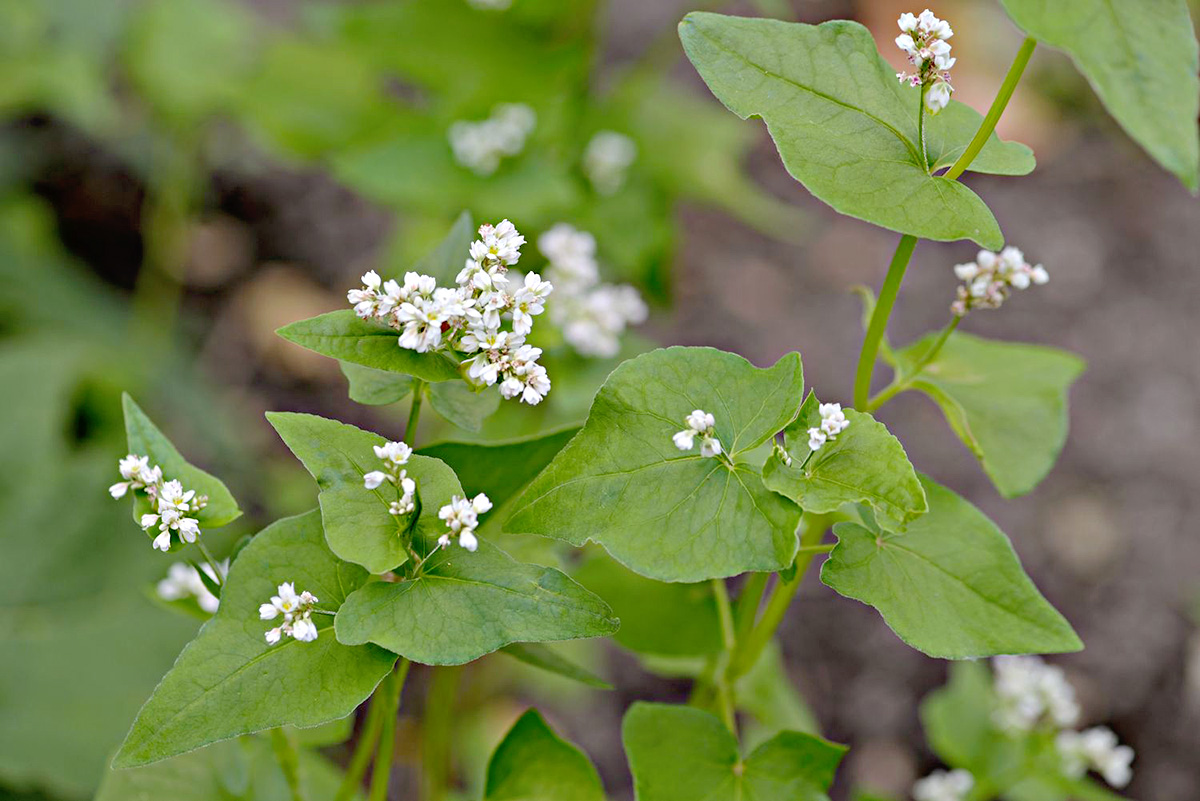

Garden Essentials
How Long Does It Take For Buckwheat To Germinate?
Modified: March 15, 2024
Discover the garden secrets of buckwheat germination. Find out how long it takes for buckwheat to sprout and thrive in your garden.
(Many of the links in this article redirect to a specific reviewed product. Your purchase of these products through affiliate links helps to generate commission for Storables.com, at no extra cost. Learn more)
Introduction
Welcome to the wonderful world of gardening! Whether you’re an experienced gardener or just beginning your green thumb journey, understanding the germination process of different plants is essential. In this article, we will explore the germination process of one such plant: buckwheat.
Buckwheat is a versatile and nutritious plant that belongs to the polygonaceae family. Despite its name, buckwheat is not a type of wheat, and it does not contain gluten. Instead, it is a pseudocereal, meaning it is used as a grain but is not actually a member of the grass family. Buckwheat has gained popularity in recent years due to its numerous health benefits and its versatility in cooking.
Like any other plant, buckwheat begins its journey from a tiny seed. Germination is the process by which a seed grows and develops into a seedling. During this process, the dormant seed comes to life, absorbing water and activating enzymes that break down stored starches and proteins.
Several factors affect the germination process, including moisture, temperature, light, and the quality of the seed itself. Understanding these factors and providing the ideal growing conditions is crucial to ensure successful buckwheat germination.
In the following sections, we will delve deeper into the germination process of buckwheat, explore the factors that can impact germination, discuss the ideal growing conditions, and provide some tips for successful buckwheat germination. So, let’s get started on this exciting horticultural journey!
Key Takeaways:
- Buckwheat seeds take about 5 to 7 days to germinate, but it can range from 3 to 10 days. Patience, proper moisture, and temperature are key for successful germination.
- To ensure successful buckwheat germination, use high-quality seeds, maintain consistent moisture, and provide optimal temperature and soil conditions. Patience and care are essential for healthy seedling growth.
Read more: How Long Does It Take Herbs To Germinate
What is Buckwheat?
Buckwheat (Fagopyrum esculentum) is a plant that is widely cultivated for its seeds, which are used as a cereal grain. Despite its name, buckwheat is not related to wheat and is actually a member of the polygonaceae family. It has been grown for thousands of years in various parts of the world, including Asia, Europe, and North America.
Buckwheat plants have broad, heart-shaped leaves and produce clusters of tiny white or pink flowers. These flowers are highly attractive to bees, making buckwheat an excellent plant for attracting pollinators to your garden.
The seeds of the buckwheat plant are triangular in shape and have a dark brown or black color. They are rich in nutrients, including protein, fiber, and minerals such as magnesium, manganese, and phosphorus. Buckwheat seeds are also a good source of antioxidants and certain bioactive compounds, making them a nutritious addition to a healthy diet.
One of the unique characteristics of buckwheat is that it is gluten-free. This makes it an excellent alternative for individuals with gluten sensitivity or celiac disease who are looking for gluten-free grains to include in their diet.
In addition to being a nutritious food source, buckwheat has several other uses. It is often used in the production of flour, which can be used to make pancakes, noodles, and a variety of baked goods. Buckwheat groats, which are the hulled seeds, can be cooked and enjoyed as a side dish or added to salads, stir-fries, and soups.
Furthermore, buckwheat straw is utilized as animal bedding, mulch, or even as a material for constructing eco-friendly houses. Its fibrous nature and ability to decompose slowly make it an excellent choice for improving soil structure and retaining moisture in gardening.
Overall, buckwheat is a versatile and beneficial plant that offers not only nutritional value but also has multiple uses in various industries. In the next section, we will explore the fascinating germination process of buckwheat and learn how to nurture these seeds into thriving plants.
The Germination Process
The germination process is a crucial stage in the life cycle of any plant, including buckwheat. It is the period when a seed transforms into a seedling and begins its growth journey. Understanding the germination process is essential for successful gardening and ensuring the healthy development of your plants.
The germination process consists of several key steps:
- Imbibition: It all starts with imbibition, which is the absorption of water by the seed. Water activates enzymes within the seed, initiating biochemical reactions and breaking down complex compounds stored in the seed into simpler forms that are essential for growth.
- Activation of enzymes: As water is absorbed, enzymes within the seed are activated. These enzymes play a vital role in breaking down starches into simple sugars and proteins into amino acids, which provide the necessary energy and building blocks for the growing seedling.
- Root emergence: Once the enzymes have been activated, the seedling begins to develop a root system. The primary root, known as the radicle, emerges first and anchors the seedling into the soil. From the radicle, secondary roots start to branch out and absorb water and nutrients from the surrounding soil.
- Shoot emergence: As the root system establishes itself, the shoot emerges from the seed. The shoot consists of the stem and the embryonic leaves, known as cotyledons. The cotyledons provide nourishment to the seedling until it can independently produce its own energy through photosynthesis.
- Photosynthesis: Once the cotyledons unfurl, the seedling can begin photosynthesis, the process by which plants convert sunlight, carbon dioxide, and water into energy-rich carbohydrates. With the energy derived from photosynthesis, the seedling can continue to grow and develop.
Throughout the germination process, the seedling undergoes various physiological changes, transitioning from a dormant state to an actively growing organism. Factors such as temperature, moisture, light, and oxygen availability play crucial roles in supporting and influencing the germination process.
Now that we have an understanding of the germination process, let’s explore the factors that can impact the germination of buckwheat seeds in the next section.
Factors Affecting Buckwheat Germination
Several factors can affect the germination of buckwheat seeds. Understanding these factors and providing the optimal conditions for germination will greatly increase the success rate of your buckwheat crop. Here are the key factors that influence buckwheat germination:
- Temperature: Buckwheat seeds germinate best in temperatures between 55°F and 75°F (13°C to 24°C). Extreme temperatures, either too cold or too hot, can inhibit germination. It’s important to monitor the temperature and ensure it remains within the ideal range for successful germination.
- Moisture: Adequate moisture is essential for the germination of buckwheat seeds. Dry conditions can prevent or delay germination, while excessively wet conditions can lead to seed rot or fungal diseases. It’s important to provide consistent moisture without waterlogging the soil.
- Light: Buckwheat seeds do not require light for germination. In fact, they actually prefer to germinate in darkness. While light is not necessary, it is important to ensure that the seeds are adequately covered with soil to protect them from exposure.
- Seed quality: The quality and viability of the buckwheat seeds themselves can greatly impact germination. It’s best to use fresh, high-quality seeds from a reputable source to ensure optimal germination rates. Damaged or old seeds may have a lower germination rate.
- Soil conditions: The soil in which you sow your buckwheat seeds should be well-draining and rich in organic matter. Good soil structure allows the roots to penetrate easily and access the necessary nutrients and water for germination. Avoid compacted or waterlogged soils that can hinder root development.
- Seed depth: Buckwheat seeds should be sown at a depth of about 1 to 2 inches (2.5 to 5 cm) in the soil. Planting at the proper depth ensures that the seeds have enough moisture and protection while still allowing the emerging seedlings to reach the surface.
By taking these factors into consideration and creating the ideal growing conditions, you can significantly improve the germination rate of your buckwheat seeds. In the next section, we will explore the optimal growing conditions necessary for successful buckwheat germination.
Buckwheat typically germinates within 3-5 days when planted in well-drained soil with adequate moisture and sunlight. Keep the soil consistently moist for best results.
Ideal Growing Conditions for Buckwheat Germination
Providing the ideal growing conditions is crucial for successful buckwheat germination. By ensuring that the environment meets the needs of the seeds, you can increase the chances of obtaining healthy and vigorous seedlings. Here are the key factors to consider for optimal buckwheat germination:
- Temperature: Buckwheat seeds prefer moderate temperatures for germination. The ideal temperature range for germination is between 55°F and 75°F (13°C to 24°C). Provide a consistently warm environment to promote faster and more uniform germination.
- Moisture: Buckwheat seeds require moist soil for germination. Ensure that the soil is evenly moist but not overly saturated. Water the seeds gently and regularly to keep the soil moisture levels consistent. Avoid letting the soil dry out or become waterlogged, as both can inhibit germination.
- Light: Buckwheat seeds do not require light for germination. In fact, they actually prefer to germinate in darkness. Sow the seeds at the proper depth recommended on the seed packet so that they are adequately covered with soil.
- Soil type: Buckwheat thrives in well-draining soils that are rich in organic matter. A loamy soil or a sandy loam soil with good structure and fertility is ideal for buckwheat germination. If your soil is heavy clay or compacted, consider adding organic matter, such as compost, to improve drainage and provide essential nutrients.
- pH level: Buckwheat prefers a slightly acidic to neutral soil pH level ranging from 6.0 to 7.0. Test your soil’s pH level and amend it if necessary to create the ideal growing conditions for buckwheat.
By providing these optimal growing conditions, you are creating an environment that is favorable for buckwheat germination. Remember to monitor the temperature, moisture levels, and soil quality throughout the germination period to ensure the seeds have the best chance of success.
In the next section, we will explore the typical time range for buckwheat seeds to germinate, so you can have an idea of what to expect during the germination process.
Read more: How Long Does It Take Spinach To Germinate
Time for Buckwheat Seeds to Germinate
The germination time for buckwheat seeds can vary depending on various factors such as temperature, moisture, and seed quality. On average, buckwheat seeds take around 5 to 7 days to germinate, but it can range from 3 to 10 days. Patience is key during this process as germination may take slightly longer under suboptimal conditions.
The temperature plays a significant role in the germination speed of buckwheat seeds. Warmer temperatures within the ideal range of 55°F to 75°F (13°C to 24°C) promote faster germination. If the temperatures are on the higher end of the range, the seeds may germinate in as little as 3 days. In cooler temperatures, closer to the lower end of the range, germination may take up to 10 days.
Moisture is another vital factor for buckwheat germination. Consistently moist soil is necessary to keep the seeds hydrated and support the germination process. Proper watering practices, such as providing a thorough initial watering at sowing and maintaining moisture through regular but gentle watering, will contribute to quicker germination.
Buckwheat seeds do not require light for germination; however, they prefer to germinate in darkness. Ensure that the seeds are sown at the recommended depth and adequately covered with soil. Maintaining the recommended planting depth will protect the seeds from excessive light exposure.
Different seed batches may have varying germination rates, influenced by factors such as seed quality and storage conditions. Using fresh and high-quality seeds from a reputable source will generally result in higher germination rates and faster germination compared to using older or low-quality seeds.
It’s important to note that these timeframes are general guidelines, and actual germination times may vary. Keep an eye on the seeds and the developing seedlings during the germination process to ensure they are healthy and progressing as expected.
Now that we have an idea of how long it takes for buckwheat seeds to germinate, let’s explore some tips to help you achieve successful germination in the next section.
Tips for Successful Buckwheat Germination
To maximize the germination success of buckwheat seeds, follow these helpful tips:
- Choose high-quality seeds: Select fresh and viable buckwheat seeds from a reliable source. The quality of the seeds greatly impacts germination rates.
- Prepare the soil: Prior to sowing, ensure that the soil is loosened and free of debris. Incorporate organic matter, such as compost, to improve soil fertility and drainage.
- Sow at the correct depth: Plant the seeds at a depth of about 1 to 2 inches (2.5 to 5 cm) in the soil. This provides enough moisture and protection for germination while allowing the seedlings to emerge easily.
- Maintain consistent moisture: Keep the soil consistently moist but not waterlogged. Water gently and regularly to prevent the soil from drying out or becoming excessively wet.
- Provide optimal temperature: Aim for a temperature range of 55°F to 75°F (13°C to 24°C) during germination. Avoid extreme temperature fluctuations that can negatively affect germination.
- Ensure adequate drainage: Buckwheat requires well-draining soil. If necessary, amend heavy clay or compacted soil to improve drainage and prevent waterlogging, which can impede germination.
- Monitor for pests and diseases: Keep an eye out for any signs of pests or diseases that may affect the germinating seeds. Remove any affected plants promptly to prevent the spread of pests or diseases.
- Thin seedlings if necessary: Once the seedlings have emerged, thin them out if they are too close together. This allows each seedling to have enough space to grow and access the necessary resources.
- Protect from extreme weather conditions: Provide shade or cover during periods of intense heat or sudden temperature drops. Extreme weather conditions can stress the young seedlings and hinder their growth.
- Be patient: The germination process may take a few days to a week. Exercise patience and avoid overwatering or disturbing the seeds during this period.
By following these tips, you can create the optimal conditions for buckwheat germination and increase the chances of successful seedling emergence. Remember to nurture the young seedlings as they grow and provide them with the care they need to thrive.
Now that you are equipped with the knowledge to achieve successful buckwheat germination, it’s time to get your hands dirty and start sowing those seeds! Happy gardening!
Conclusion
Buckwheat germination is an essential stage in the life cycle of this versatile and nutritious plant. By understanding the germination process, the factors that influence it, and the ideal growing conditions, you can increase the success rate of your buckwheat crop and ensure healthy seedling development.
Throughout this article, we’ve explored the various aspects of buckwheat germination. We learned that buckwheat seeds require proper moisture, temperature, and soil conditions to germinate successfully. The ideal temperature range for germination is between 55°F and 75°F (13°C to 24°C), and moist, well-draining soil is crucial for providing the necessary environment for seedling growth.
Factors such as seed quality, light exposure, and appropriate seed depth also play significant roles in buckwheat germination. Fresh and high-quality seeds from reputable sources will yield better germination rates and faster seedling emergence. Additionally, covering the seeds to protect them from excessive light exposure and planting them at the recommended depth will support successful germination.
With a little knowledge, patience, and care, you can successfully germinate buckwheat seeds in your garden or containers. By following the tips provided, including choosing high-quality seeds, providing adequate soil moisture, maintaining proper temperature, and creating optimal growing conditions, you can ensure a higher rate of successful germination and healthy seedling establishment.
Now that you have a better understanding of buckwheat germination, it’s time to put your knowledge into action and start your own buckwheat growing adventure. Enjoy the journey, and may your buckwheat crop flourish with the fruits of your labor!
Frequently Asked Questions about How Long Does It Take For Buckwheat To Germinate?
Was this page helpful?
At Storables.com, we guarantee accurate and reliable information. Our content, validated by Expert Board Contributors, is crafted following stringent Editorial Policies. We're committed to providing you with well-researched, expert-backed insights for all your informational needs.
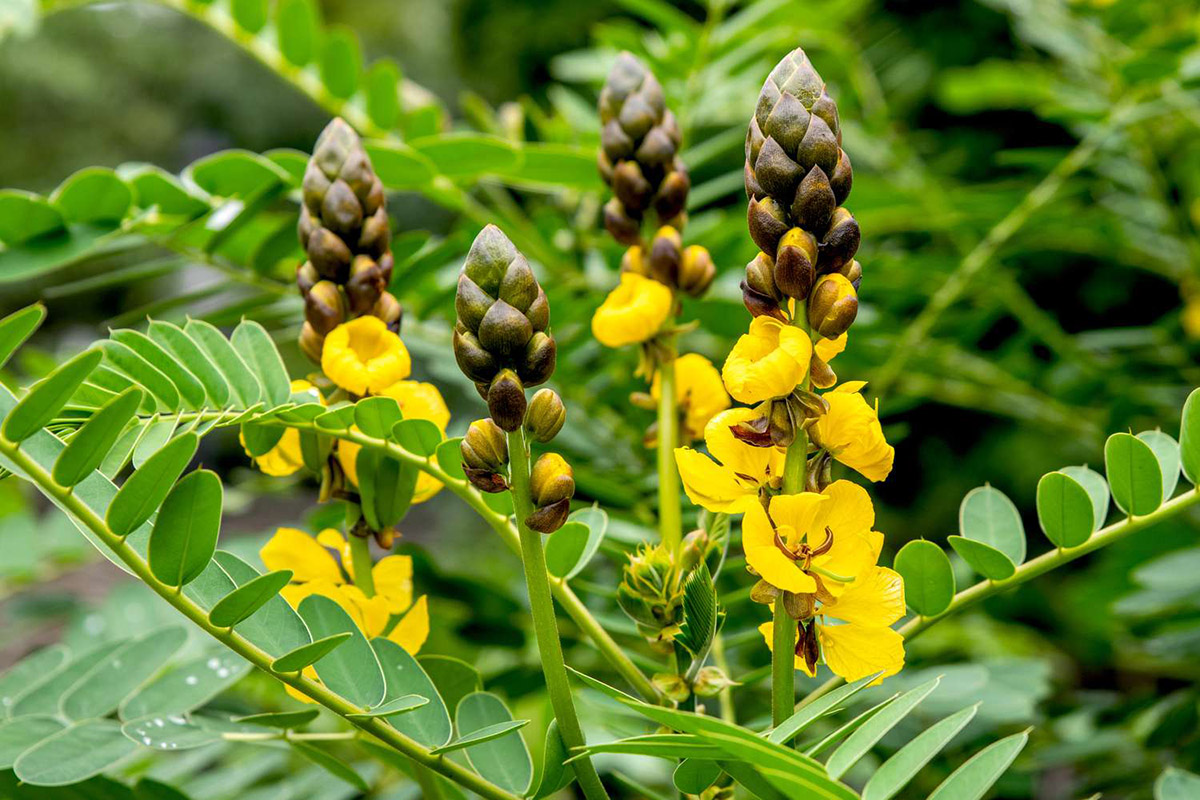
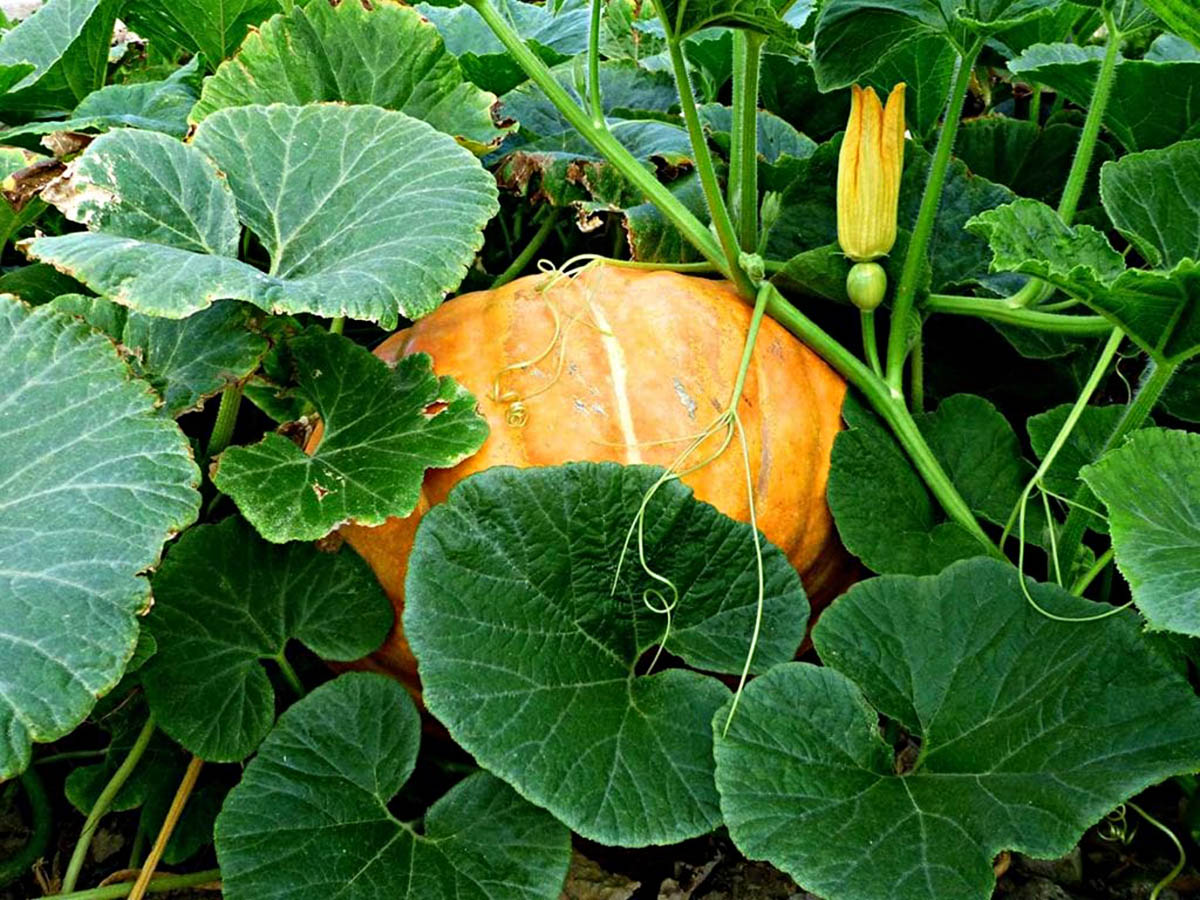
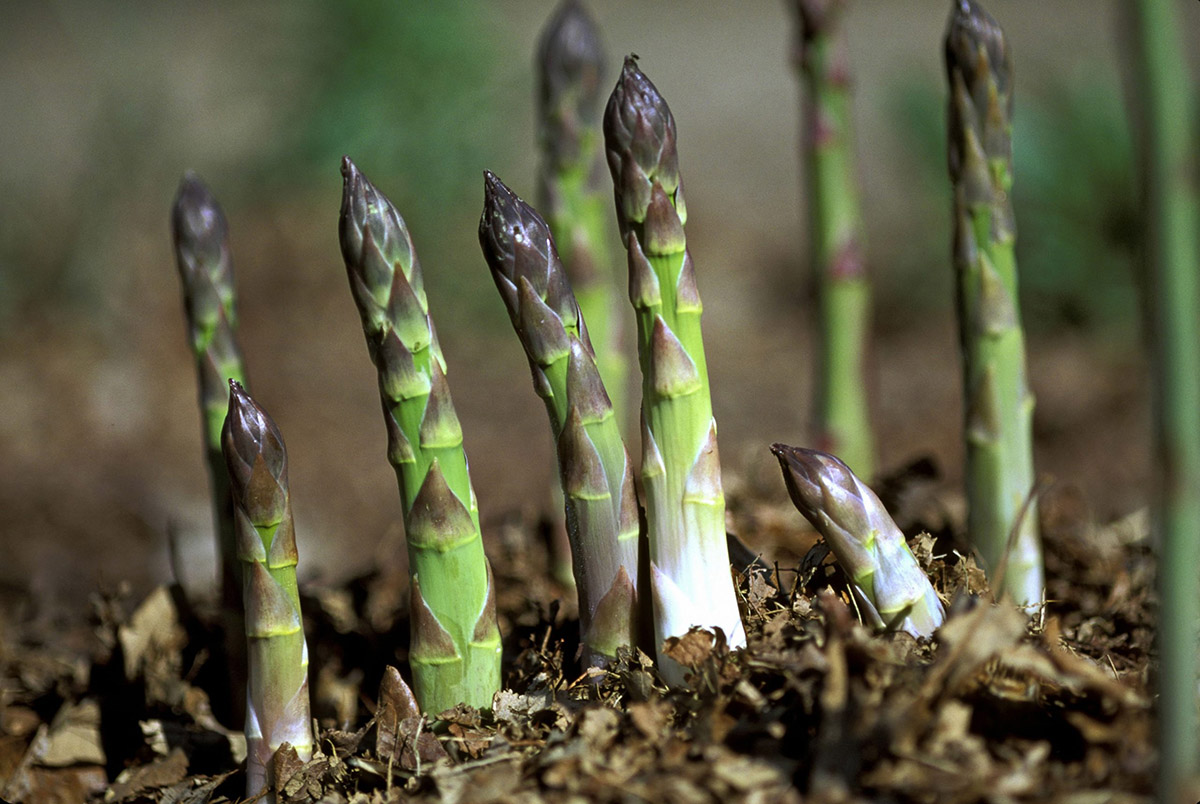
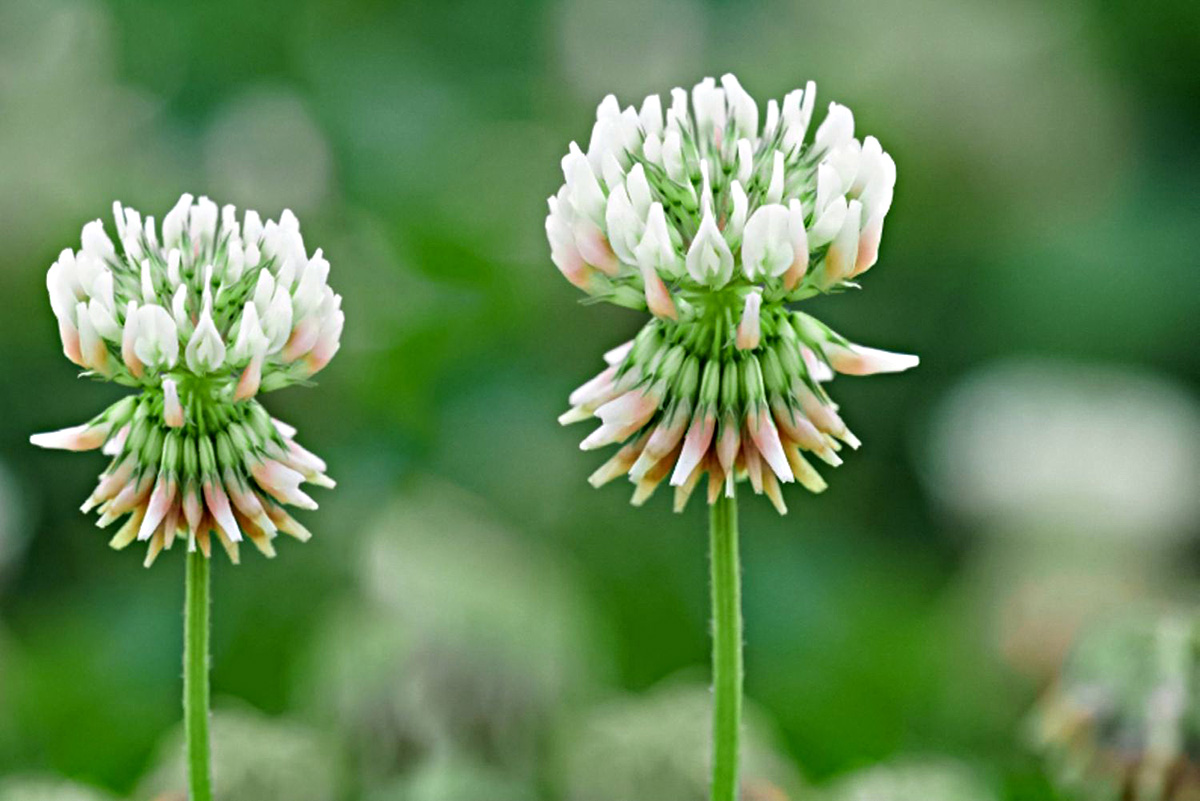
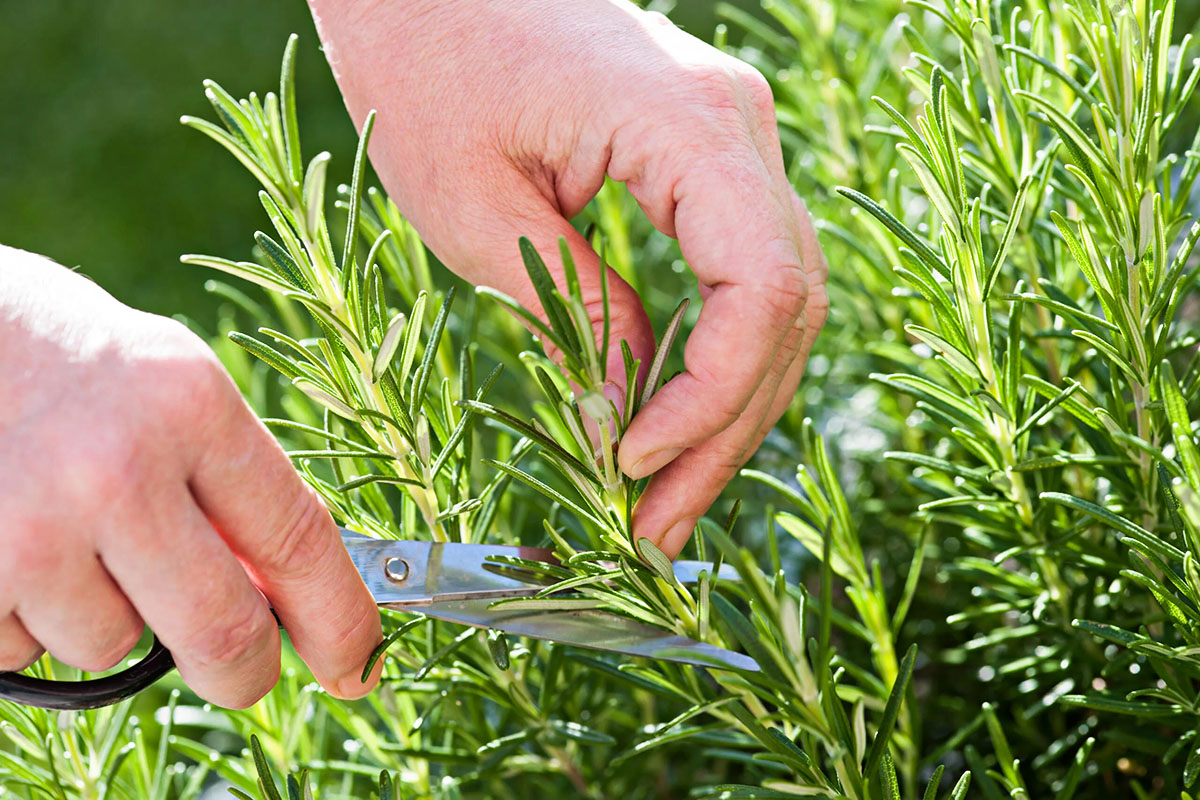

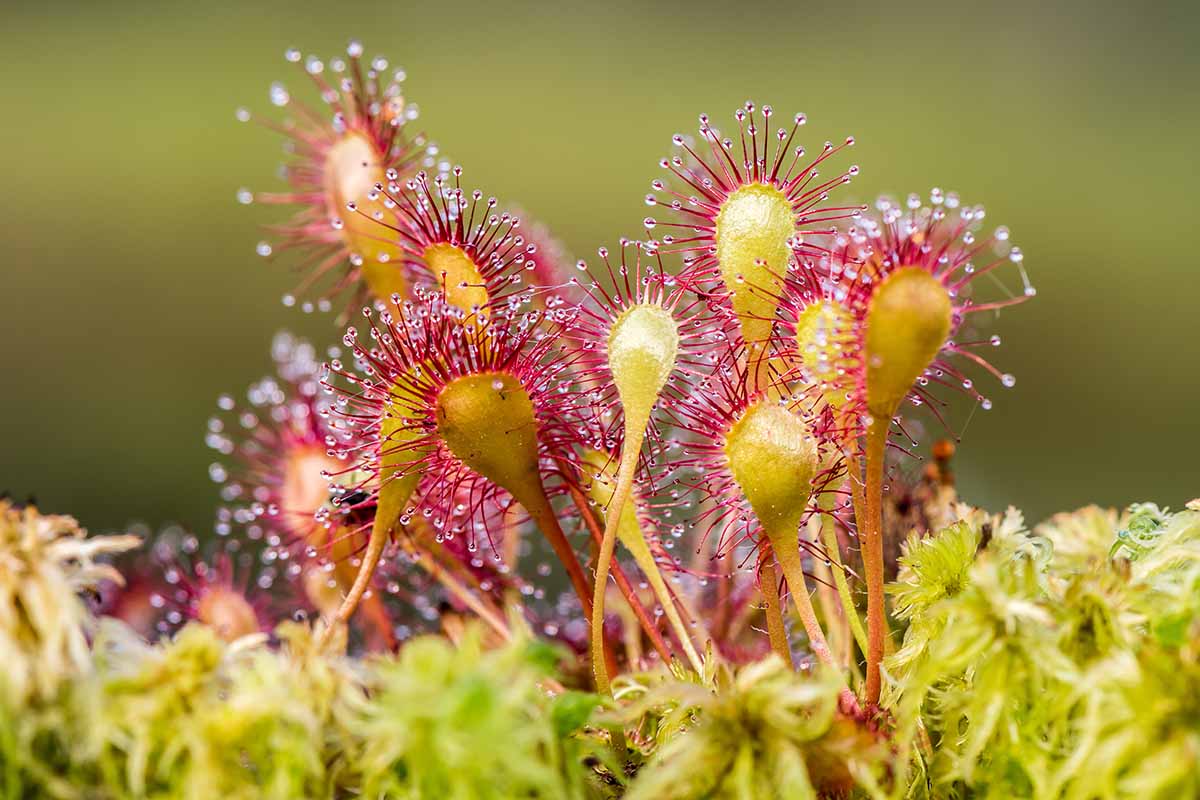



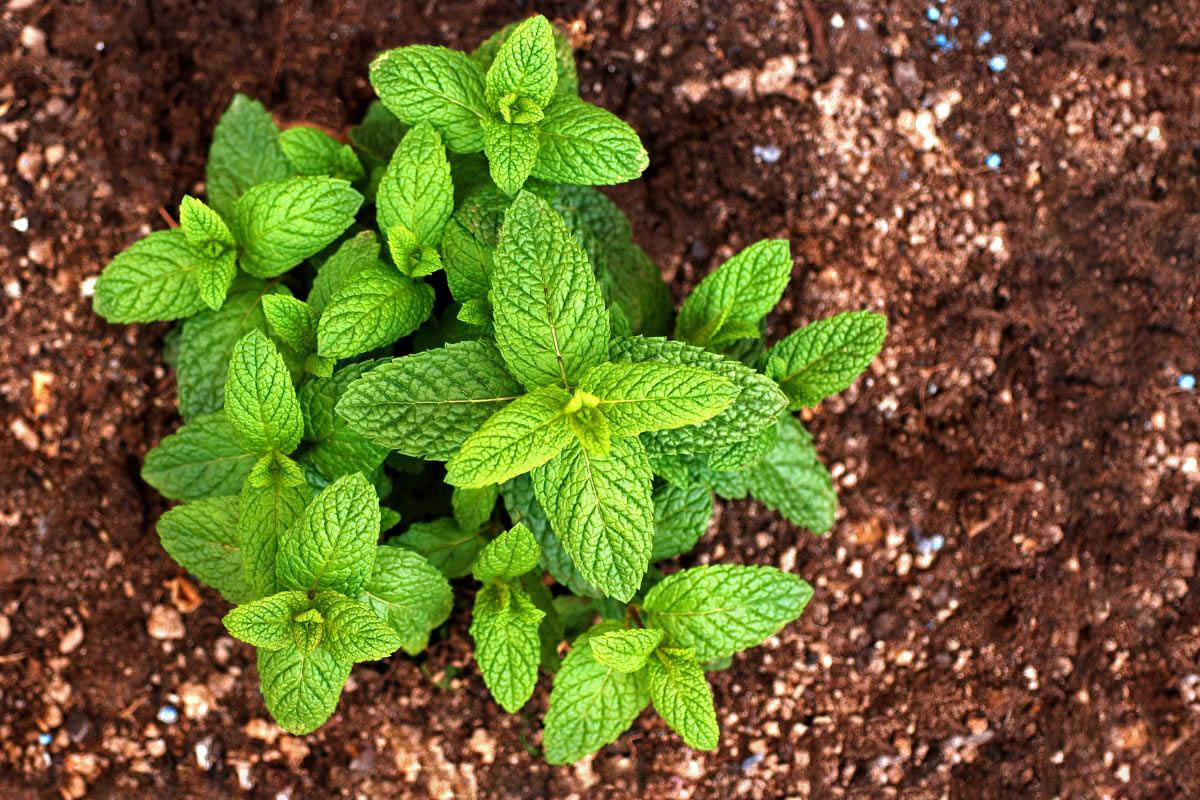
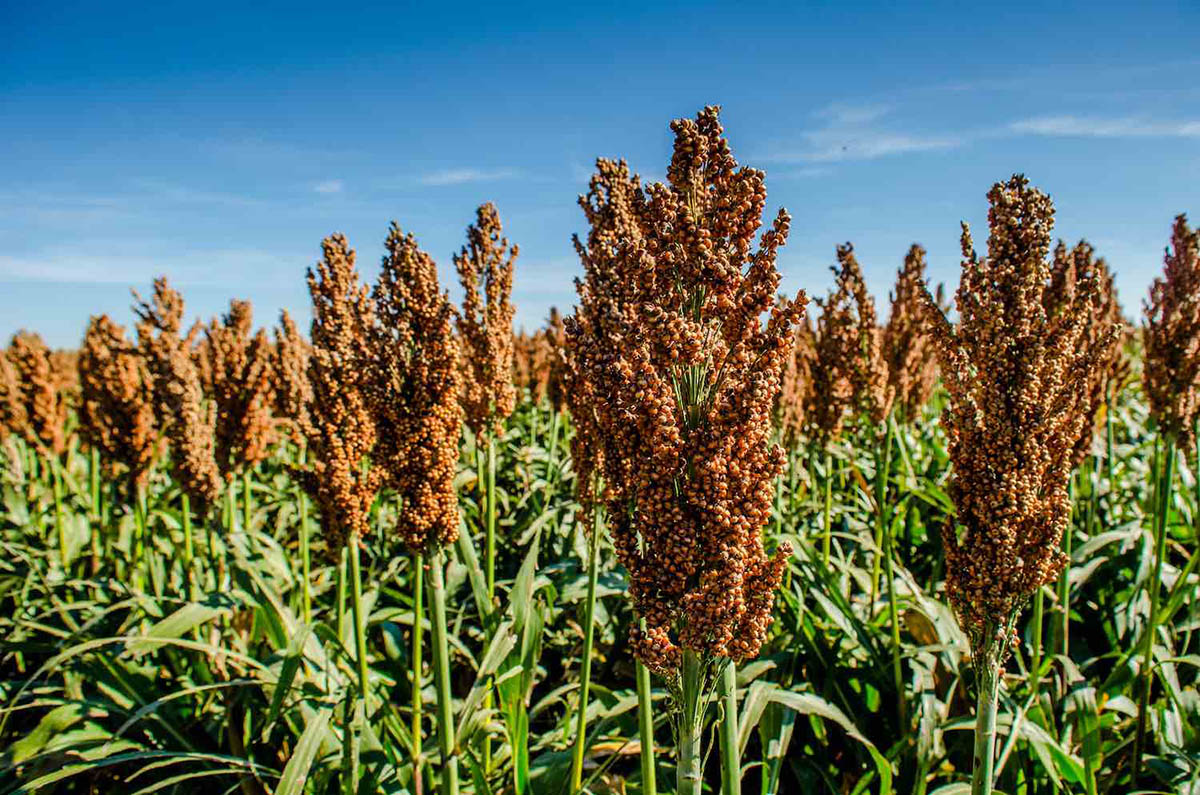



0 thoughts on “How Long Does It Take For Buckwheat To Germinate?”